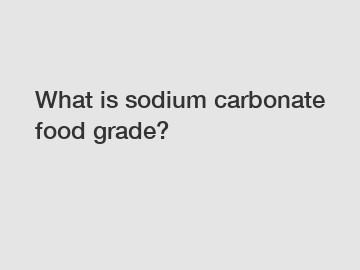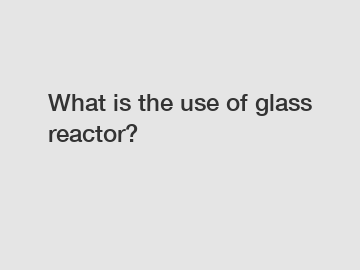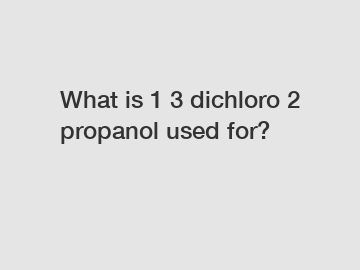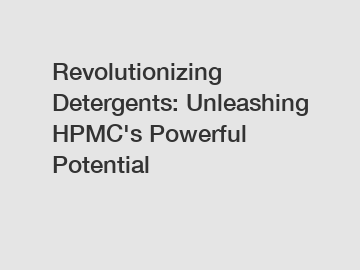Production of BPDA by dehalogenated coupling of phthalic anhydride
3,3', 4,4-Biphenyltetracarboxylic dianhydride (BPDA) is a precursor of an important polymer, polyimide, which can be polymerized with polyfunctional amines to form polyimide. Polyimide is the highest heat-resistant super heat-resistant resin to date, and has excellent resistance to hydrolysis, mechanical properties and flexibility, and can be used to make heat-resistant photosensitive resins, filters, liquid crystal displays, cross-linking adhesives for conductors and semiconductors, and also used in lasers, lithium batteries and protective materials used in space.
The synthesis methods of BPDA mainly include: 4-chloro-phthalic anhydride (ester, salt) dehalogenated coupling method, dimethyl phthalate oxidative coupling method, terephthaloyl chloride coupling method, electrolytic coupling method and anhydrous trimellitic acid monochloride method. There are few domestic studies on the preparation of BPDA. Some scientists used 4-chloro-dimethyl phthalate as raw material and di(triphenylphosphine)nickel dichloride as catalyst for the coupling reaction to synthesize methyl biphenyltetracarboxylate, then prepared the corresponding carboxylic acid by alkaline decomposition, and then synthesized BPDA by heating reflux reaction together with cool anhydride.
In this paper, the dehalogenated coupling method of 4-bromo-phthalic anhydride was used, i.e., the reaction of phthalic anhydride with bromosol to form the sodium salt of 4-bromo-phthalic acid, followed by a two-step reaction of dehalogenated coupling and dehydration to produce BPDA.
The synthesis of BPDA consists of three steps: bromination, dehalogenation coupling and dehydration.

Bromination of phthalic anhydride
Add phthalic anhydride and water to the reaction flask, raise the temperature to 50C, start adding NaOH dropwise, drop and lower the temperature. Add bromine and NaOH dropwise at a certain rate to the above material: add bromine at a lower temperature, then increase the temperature at a certain rate, then add alkali, then lower the temperature to 30C. This cycle is repeated.
When the reaction is complete, sulfuric acid is slowly added, the temperature is lowered and then held. The filter is rinsed with ice water and the filter cake is dried. The filter cake was prepared into an aqueous solution and added with appropriate amount of sodium hydroxide to make the solution pH= 10, and then the solution was adjusted with sulfuric acid to pH= 2.3 to obtain the bromide.
Dehalogenation coupling of bromides
Dissolve the bromide in NaOH, and then add the quantitative catalyst after all dissolved. Heat. Start to add quantitative hydroxylamine hydrochloride solution drop by drop, after the drop, hold for a certain time and filter. The filtrate is acidified with hydrochloric acid and the precipitate is collected by filtration. The filter cake is washed with hydrochloric acid and dried under vacuum to obtain the coupling compound.
Additional resources:
Is 2-CHLORO-N,N-DIMETHYLETHYLAMINE HYDROCHLORIDE the new miracle weight loss supplement?
Unlocking the Best Deals: Magnesium Oxide Price Guide
Are HPMC-Grade Building Materials the Next Green Revolution?
Must-know facts about silver nano powder: benefits, uses, and safety
The Ultimate Guide to Understanding Polyacrylamide
Is Lidocaine the Game-Changer for Pain Relief?
Buy PMK Ethyl Glycidyl Ester: Your Ultimate Guide to Purchasing Safely
Dehydration of coupling substance
The coupling compound is added with - a certain amount of acetic anhydride, refluxed, cooled, crystallized, filtered and dried to obtain BPDA.
The heating time, the amount of catalyst, the amount of hydroxylamine hydrochloride and the amount of acetic anhydride will affect the final result. The above is a detailed step-by-step description of one of the reaction methods, which is not perfect. In the future, more kinds of efficient production methods will be researched. Please contact HAILI if you want to know more.
More articles:
1-Chlorooctane: Understanding the Properties, Uses, and Implications
What is a spray adhesive used for?
Discover the Benefits of Hpmc Detergent Grade for Your Laundry Needs
The Power of Nano Silver Solution Revealed
Is 2-CHLORO-N,N-DIMETHYLETHYLAMINE HYDROCHLORIDE the Next Big Thing in Chemical Research?
Is Synthesis of BMK Ethyl Glycidate Safe?
Is Magnesium Oxide Fertilizer the Future?
The Power of Nanosilver: A Germ-Fighting Marvel
Exploring the Power of 2-CHLORO-5-(CHLOROMETHYL)THIAZOLE
Related Articles









Comments
0